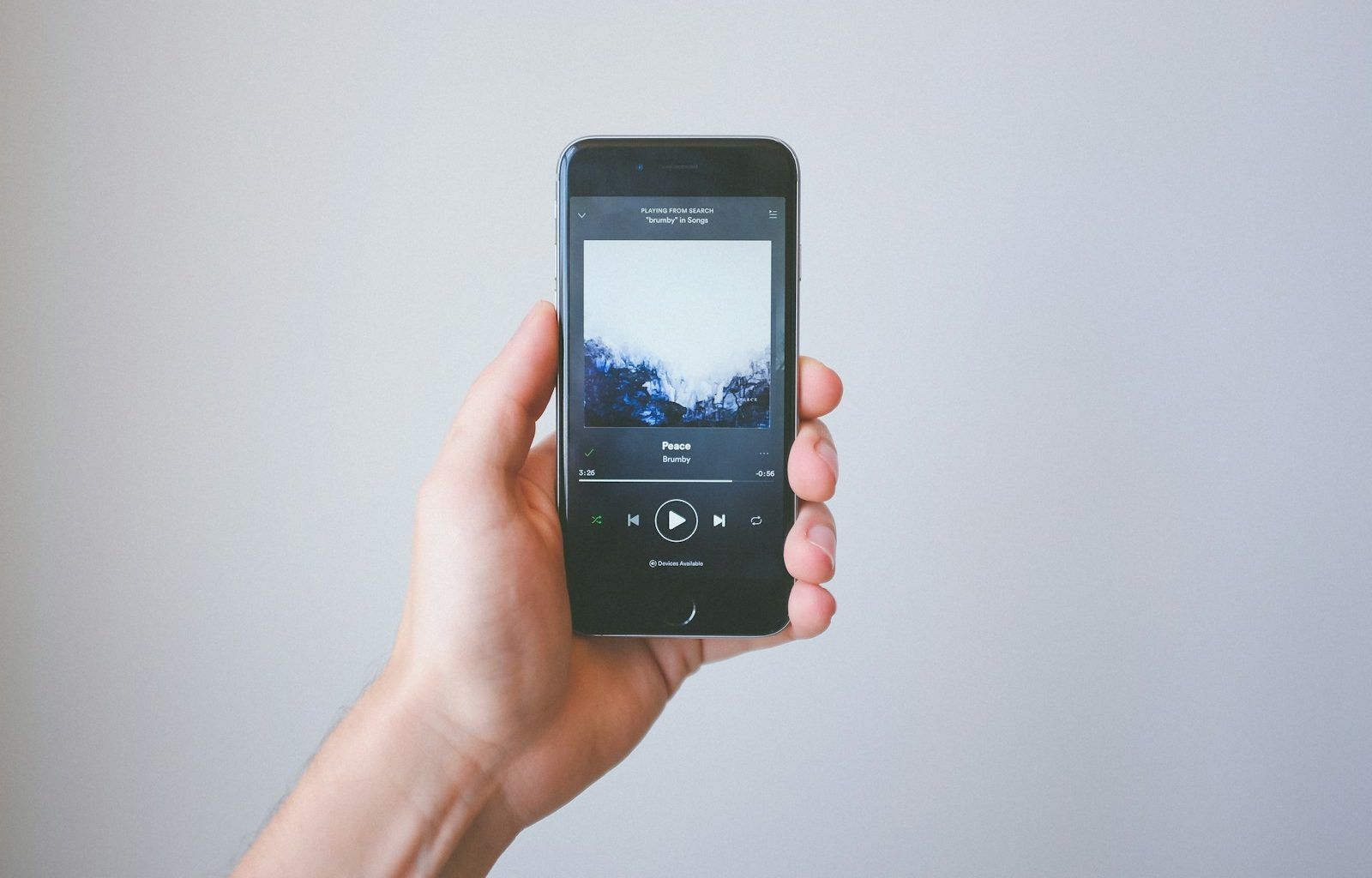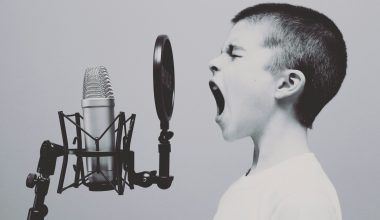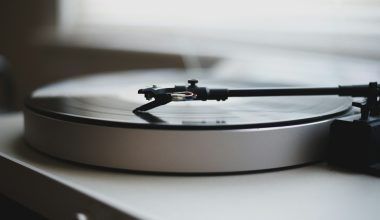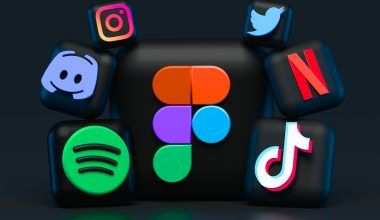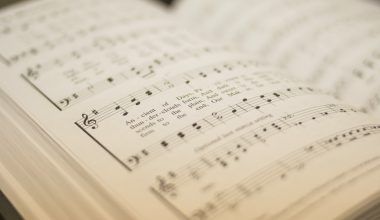If you’ve ever wondered when a song becomes public domain, you’re not alone. It’s a common question that pops up among music lovers, content creators, and legal enthusiasts. After all, the concept of public domain can feel a bit tricky at first. But don’t worry; we’re here to make it as simple and clear as possible.
What Is the Public Domain?
Before diving into the specifics of when a song becomes public domain, let’s take a quick moment to understand what the public domain actually is. Simply put, the public domain consists of creative works that are not protected by copyright laws. This means anyone can use, copy, share, or modify these works without seeking permission or paying royalties. Sounds great, right? But there’s a catch—a song doesn’t fall into the public domain just because it’s old or popular.
Copyright Basics: The Foundation of Public Domain
To figure out when a song becomes public domain, we need to talk about copyright laws. Copyright gives creators exclusive rights to their works for a specific period of time. During this time, the creator controls how their work is used. For songs, this includes reproduction, distribution, public performance, and more.
Now, you might be thinking, “How long does this copyright period last?” Well, that’s where things get interesting. Copyright duration depends on when the song was created, the country’s laws, and other factors.
Songs Created Before 1923
In the United States, most songs published before 1923 are in the public domain. Why? Because these works have exceeded the maximum copyright term. For example, classics like “Amazing Grace” or “The Star-Spangled Banner” fall into this category. You can freely use these songs in your projects without worrying about copyright issues.
Songs Created After 1923
For songs created after 1923, the rules get a little more complicated. Generally, copyright lasts for the life of the composer plus 70 years. This means if a composer passed away in 1950, their songs would enter the public domain in 2020. But remember, this timeline can vary depending on the country or if the work had multiple authors.
Extensions and Changes to Copyright Laws
Over the years, copyright laws have changed, often extending the protection period. For example, the Sonny Bono Copyright Term Extension Act added 20 years to the standard term in the United States. While these extensions protect the rights of creators and their heirs, they also delay when a song becomes public domain. So, a song you thought was free to use might still be under copyright protection.
International Differences in Public Domain
Copyright laws differ worldwide, meaning a song might be public domain in one country but still protected in another. In Europe, for instance, copyright typically lasts for the life of the composer plus 70 years, similar to the U.S. However, some countries have shorter or longer terms, so it’s essential to check the specific laws of the country you’re in.
How to Check If a Song Is in the Public Domain
Wondering how to know if a song is public domain? The easiest way is to research its copyright status. Look up the publication date, the composer’s lifespan, and whether there were any copyright extensions. Several online databases and tools can help you determine the status of a song. When in doubt, consult a copyright expert.
The Role of Recordings in Public Domain
Here’s another twist: even if a song’s composition is in the public domain, its recordings might not be. Performances, recordings, and arrangements of a public domain song can still be protected by copyright. So, while you can use the melody and lyrics freely, you’ll need permission to use a specific recording.
Famous Examples of Public Domain Songs
To make this clearer, let’s look at some examples. Songs like “Happy Birthday to You” recently entered the public domain after years of legal disputes. On the other hand, works by composers like Beethoven or Mozart have been public domain for centuries. Knowing which songs are free to use opens up creative opportunities for everyone.
Benefits of Public Domain Songs
Public domain songs are a treasure trove for creators. You can remix, adapt, or perform these songs without worrying about infringement. They’re perfect for filmmakers, musicians, and educators looking for high-quality material without additional costs.
Be Cautious: Not Everything Old Is Public Domain
It’s important to note that just because a song is old doesn’t mean it’s public domain. Always double-check the copyright status. Misusing copyrighted material can lead to legal troubles, so it’s better to be safe than sorry.
Wrapping It Up
Understanding when a song becomes public domain might seem complex, but it boils down to knowing copyright laws and timelines. Whether you’re a creator, educator, or music enthusiast, learning about public domain songs opens up a world of possibilities. So next time you hear a timeless tune, you’ll know exactly how to check if it’s free to use. Happy exploring!
Related Articles:
For further reading, explore these related articles:
- How Many Songs Do BTS Have? A Look Into Their Amazing Music Journey
- I Fall Apart Lyrics – Understanding the Song That Speaks to Your Heart
For additional resources on music marketing and distribution, visit DMT RECORDS PRIVATE LIMITED
